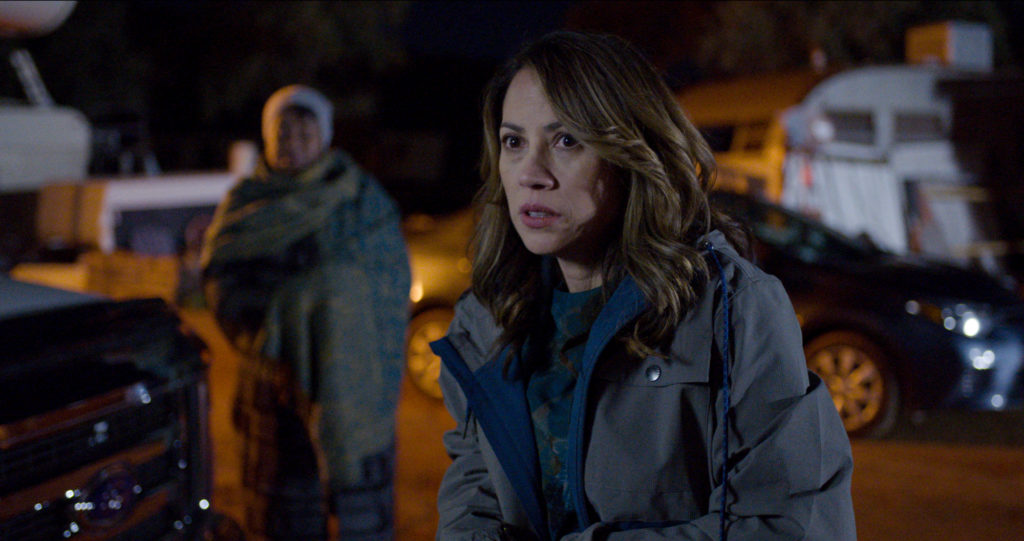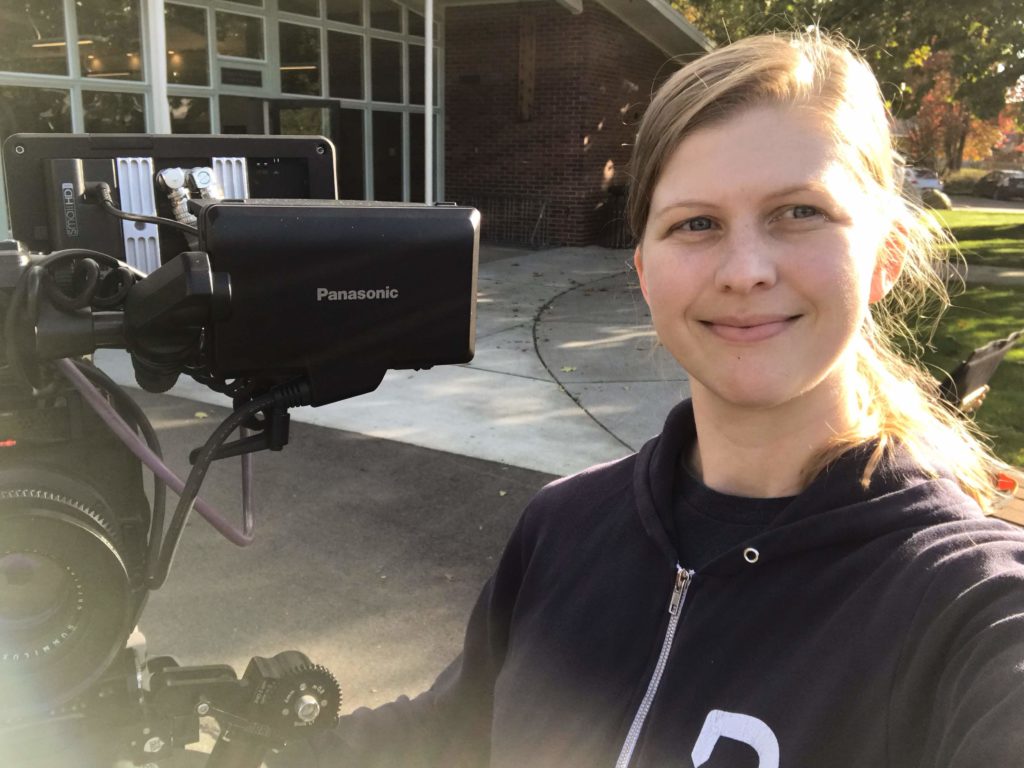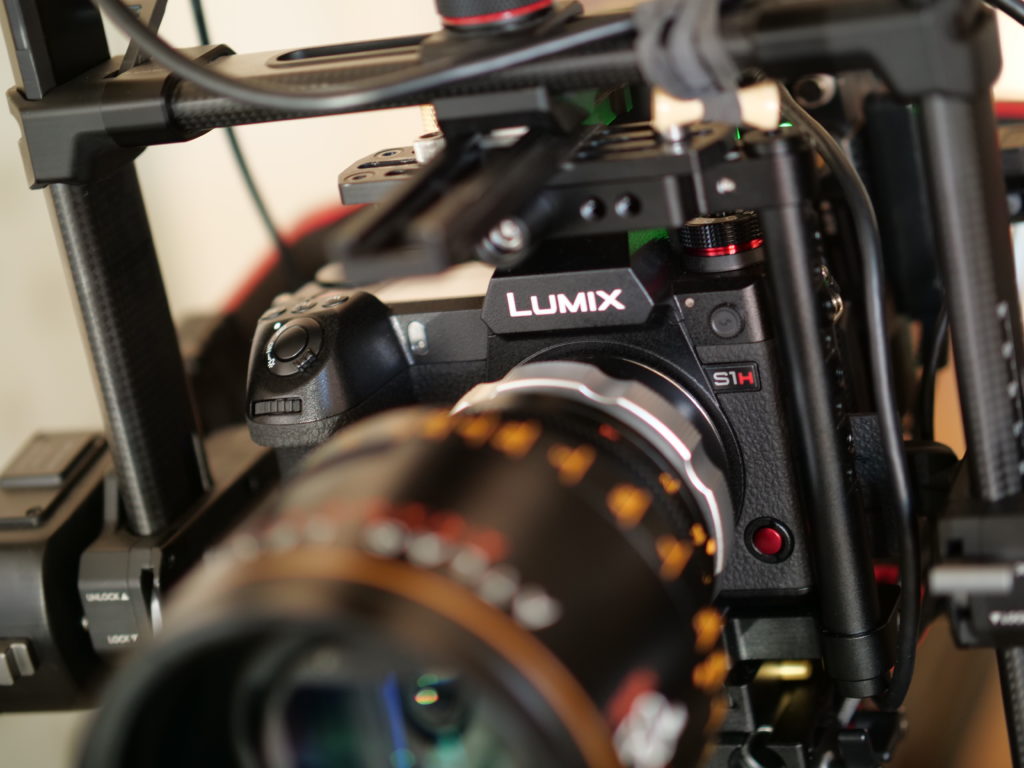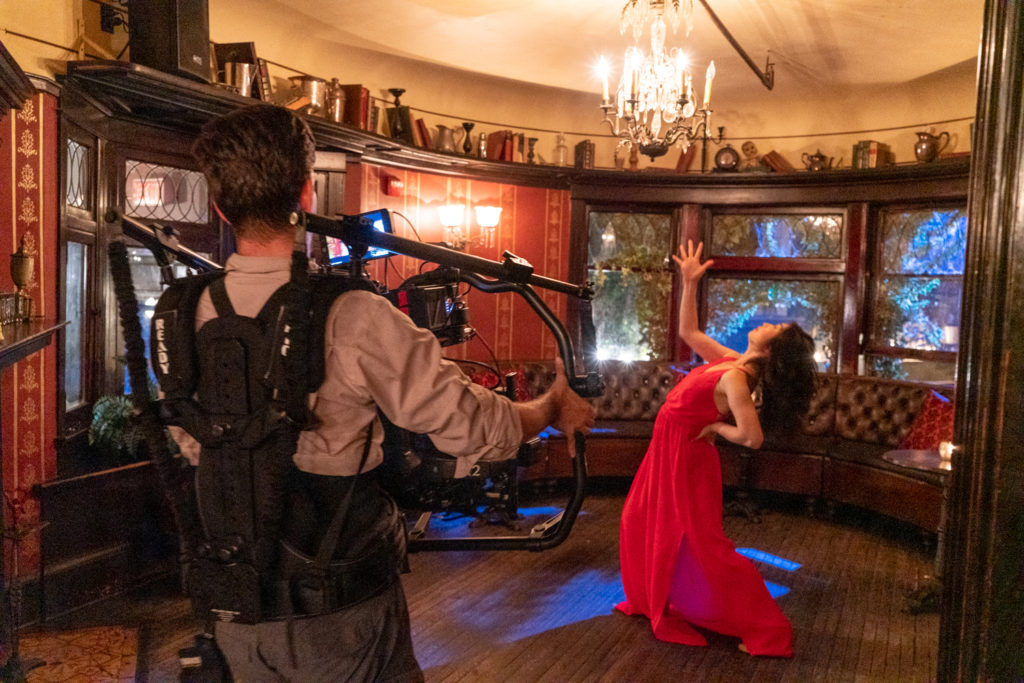January 15, 2020
6 min read
Growing up in Silver Spring, MD, cinematographer Carissa Dorson started making short films for fun in high school. She was accepted to the film program at Florida State University initially to become an editor but realized she preferred being on set. After graduating, Dorson moved out to Los Angeles where she worked as a camera assistant. “In the past, you had to be a camera assistant before you could dream about picking up a cinema camera,” explains Dorson. “Today, anyone can buy a camera and start shooting.”
Dorson quickly got involved in the comedy community where several of her friends were active in the Upright Citizens’ Brigade Theater. She soon started shooting sketches for College Humor, which launched her career as a DP. Since then, Dorson has shot numerous features, shorts, music videos and branded content. Her work has been featured at film festivals such as Tribeca and Cinequest, and on television networks such as Adult Swim and Showtime.
Shooting On VariCam

Frame grab from I Was A Stranger, shot by Dorson with the VariCam LT.
Having shot a few low-budget projects on the Panasonic LUMIX GH5, Dorson was interested in using the VariCam LT to shoot I Was a Stranger, a low budget short with lots of night exteriors. “I had heard about how great the VariCam LT was and knew a lot of Netflix shows were shot on that camera,” she explains. “I thought it would be a great opportunity to try the VariCam out since we didn't have a big lighting package and I needed the extra sensitivity for night sequences.”
Dorson rented the VariCam LT out of The Camera Division, she also employed Leica Sumicron PL-mount lenses, shooting close to wide open. For night scenes, Dorson shot at Native 5000 ISO with a few day scenes shot at Native 800 ISO. Along with her lighting package, Dorson incorporated practicals and even used car headlights for night exteriors shot at 5000 ISO.
“It’s really cool to see what's on the monitor since the cameras are basically seeing more than your eye is seeing, especially with skin tones,” says Dorson. “Our biggest light was a Skypanel S60 and we used it as if it were a much bigger light by backing it off. We used the same lighting principals as a regular shoot, but we were able to do more with smaller lights. I think I got pretty spoiled by the 5000 ISO because I wanted even more sensitivity after that.”
Working with EVA1

Dorson on set with her EVA1 (Photo courtesy of Carissa Dorson)
Dorson is also an AU-EVA1 owner. She was introduced to the camera by other DPs and at first, she thought it sounded too good to be true. “I loved that it was small,” she explains, “but you had things you would need like SDI and XLR ports for a self-sufficient camera, as well as having Dual Native ISOs. You have this small camera with a lot of the same capabilities of the VariCam and now you even have 5.7K RAW output.”
Dorson is currently working on a documentary, A World of Dungeons & Dragons, which covers how Dungeons and Dragons has helped people with autism. “I was really glad I was able to bring my EVA1 to this project,” reveals Dorson. “We were constantly traveling, and I needed a small camera package. I was also really happy with the images I was getting.”
Trailer for Lost Odyssey: The Book of Knowledge (2019) Live D&D Event
With the EVA1, Dorson typically captured 10-bit 422 ALL-I files in UHD (3840 x 2160) or 4K, depending on the aspect ratio. For documentary work, she captures Long-GOP 150 files for a more efficient storage workflow. She records in V-Log but monitors in Rec.709 with a 7” SmallHD monitor mounted on a Noga arm. She also uses a SmallRig baseplate and powers her EVA1 with V-Mount batteries.
Like her work with the VariCam, Dorson works with the EVA1’s native ISOs and typically goes with 2500 ISO for any night work. When she can, she likes to rent Leica R prime lenses for EF-mount. “I really like those lenses,” she says. “They're very affordable and I don't have to get an additional lens adapter. They’re old still photography lenses that are re-housed so they have kind of a vintage look to them. Depending on the project, I like to use 1/8 and ¼ Black Promist filters to soften the digital image even more.”
Shooting Alive on S1H

The LUMIX S1H in a gimbal on the set of Alive (Photograph by Kevin T Gilbert)
For the launch of the LUMIX S1H, Dorson was selected as one of the filmmakers to produce a short film. Her main goal for her short, Alive, was to shoot something beautiful to showcase the 6K full-frame mirrorless camera. She also wanted to shoot in anamorphic since the S1H’s 4:3 anamorphic mode makes it ideal for widescreen capture without cropping. “I've always really loved dance films,” explains Dorson. “I don't usually get the opportunity to come up with my own concept and I’ve always felt that it can be hard to express myself. I basically wanted to create a story where this woman doesn't know how to express herself in her daily life. She imagines herself dancing and being who she wants to be.”
A big influence on the look of Alive was a long form music video by artist Laura Marling, When Brave Bird Saved. “I love how they captured the dancer’s movement. It also had a raw feeling and they used a lot of natural light. It had a lot of symmetry, really focused on the dancer, and let the emotion come from the movement of the dancer.”
Dorson captured 6K full frame with Atlas PL-mount anamorphic lenses. “I've always wanted to be able to shoot in anamorphic for lower budget projects," explains Dorson, "and back when I had a Sony mirrorless camera, that wasn't an option so the S1H kind of opened up the possibility. It worked out great, and I thought the footage looked stunning.”

Dorson employed a Ronin 2 gimbal, which was operated by Idan Menin. (Photo by Shane Spiegel)
The short was shot in several locations. For sequences that took place in the house, Dorson took a simple approach with a couple of HMIs punching through windows and she added haze to produce a dreamlike feel to the environment. For shooting inside a laundromat, she used the existing fluorescent lights with an ARRI L7C that she placed outside, giving off a green color coming in. For the bar, they also used existing practical lights. For a courtyard scene outside the bar, she used a spotlight and added blue filtration.
For camera movement, Dorson employed a DJI Ronin 2 gimbal, which was operated by Idan Menin. According to Dorson, the Ronin 2 can be a little heavy on its own, so the S1H was ideal because it added little weight.
For post, editor Justin Reager worked with proxy files that were easier to work with in Adobe Premiere Pro. The color grade was performed by Chris Moore at the Dolby Vine Theater. According to Dorson, the final look did not change much from the Rec. 709 look she was monitoring on set except for an occasional boost of contrast. “During the color grade, I was really impressed with how much of the highlights were saved, especially in the first shot in the house,” explains Dorson. “The window held the blue sky outside and I felt it looked too perfect. I actually had the colorist dial the highlights back up a little bit.”
Watch Alive
[NEW] LUMIX S1H Short Film “Alive” shot by Carissa Dorson from Panasonic LUMIX on Vimeo.
For more information on Carissa Dorson, visit her website at www.carissadorson.com.
For more information on Panasonic cinema cameras, click through here.
![]()
